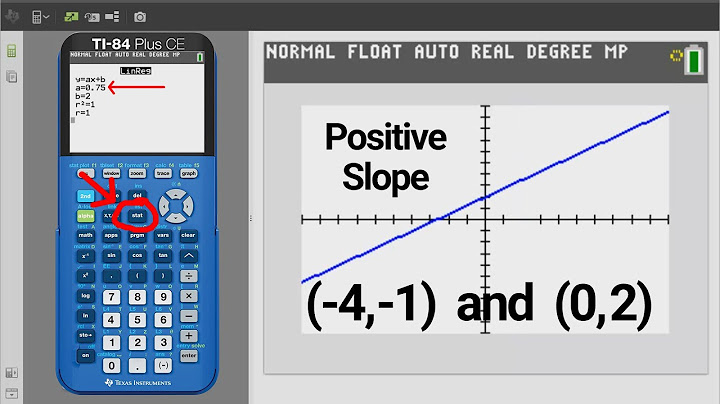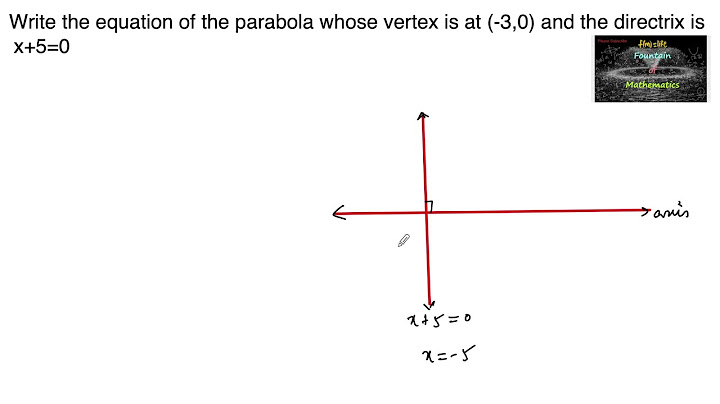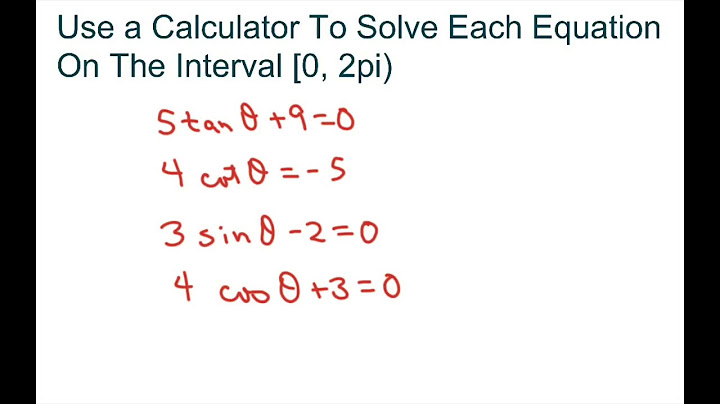\( \)\( \)\( \)\( \) Show
A calculator to calculate the real and complex zeros of a polynomial is presented. Zeros of a Polynomial \( a \) is a zero of a polynomial \( P(x) \) if and only if \( P(a) = 0 \)
Example Use of the zeros Calculator 1 - Enter and edit polynomial \( P(x) \) and
click "Enter Polynomial" then check what you have entered and edit if needed. Notes: In editing functions, use the following: More References and Links polynomials Mathway Visit Mathway on the web Download free on Google Play Download free on iTunes Download free on Amazon Download free in Windows Store Enter a problem...
Upgrade Calculators About Help
Sign In Sign Up
Hope that helps! You're welcome! Let me take a look... You'll be able to enter math problems once our session is over. Step-by-Step Examples Algebra Functions Find the Roots (Zeros) Step 1 Set equal to . Step 2 Solve for . Tap for more steps... Set the equal to . Solve for . Tap for more steps... Add to both sides of the equation. Divide each term in by and simplify. Tap for more steps... Divide each term in by . Simplify the left side. Tap for more steps... Cancel the common factor of . Tap for more steps... Cancel the common factor. Divide by . Step 3 Enter YOUR Problem
Mathway requires javascript and a modern browser.
Online Equation SolverSolve linear, quadratic and polynomial systems of equations with Wolfram|AlphaMore than just an online equation solverWolfram|Alpha is a great tool for finding polynomial roots and solving systems of equations. It also factors polynomials, plots polynomial solution sets and inequalities and more.  Learn more about:
Tips for entering queriesEnter your queries using plain English. To avoid ambiguous queries, make sure to use parentheses where necessary. Here are some examples illustrating how to formulate queries.
Access instant learning toolsGet immediate feedback and guidance with step-by-step solutions and Wolfram Problem Generator  Learn more about:
VIEW ALL CALCULATORS
About solving equationsA value is said to be a root of a polynomial if .The largest exponent of appearing in is called the degree of . If has degree , then it is well known that there are roots, once one takes into account multiplicity. To understand what is meant by multiplicity, take, for example, . This polynomial is considered to have two roots, both equal to 3. One learns about the "factor theorem," typically in a second course on algebra, as a way to find all roots that are rational numbers. One also learns how to find roots of all quadratic polynomials, using square roots (arising from the discriminant) when necessary. There are more advanced formulas for expressing roots of cubic and quartic polynomials, and also a number of numeric methods for approximating roots of arbitrary polynomials. These use methods from complex analysis as well as sophisticated numerical algorithms, and indeed, this is an area of ongoing research and development. Systems of linear equations are often solved using Gaussian elimination or related methods. This too is typically encountered in secondary or college math curricula. More advanced methods are needed to find roots of simultaneous systems of nonlinear equations. Similar remarks hold for working with systems of inequalities: the linear case can be handled using methods covered in linear algebra courses, whereas higher-degree polynomial systems typically require more sophisticated computational tools. How Wolfram|Alpha solves equationsFor equation solving, Wolfram|Alpha calls the Wolfram Language's Solve and Reduce functions, which contain a broad range of methods for all kinds of algebra, from basic linear and quadratic equations to multivariate nonlinear systems. In some cases, linear algebra methods such as Gaussian elimination are used, with optimizations to increase speed and reliability. Other operations rely on theorems and algorithms from number theory, abstract algebra and other advanced fields to compute results. These methods are carefully designed and chosen to enable Wolfram|Alpha to solve the greatest variety of problems while also minimizing computation time. Although such methods are useful for direct solutions, it is also important for the system to understand how a human would solve the same problem. As a result, Wolfram|Alpha also has separate algorithms to show algebraic operations step by step using classic techniques that are easy for humans to recognize and follow. This includes elimination, substitution, the quadratic formula, Cramer's rule and many more. How do you find all real zeros of a polynomial function?To find the real zeros of a polynomial, first convert the polynomial to factored form. Once all factors are found, set each individual factor equal to zero to solve for the real zeros.
Do all polynomials have complex zeros?Every polynomial function of positive degree n has exactly n complex zeros (counting multiplicities). For example, P(x) = x5 + x3 - 1 is a 5th degree polynomial function, so P(x) has exactly 5 complex zeros.
|

Related Posts
Advertising
LATEST NEWS
Advertising
Populer
Advertising
About

Copyright © 2024 membukakan Inc.

















